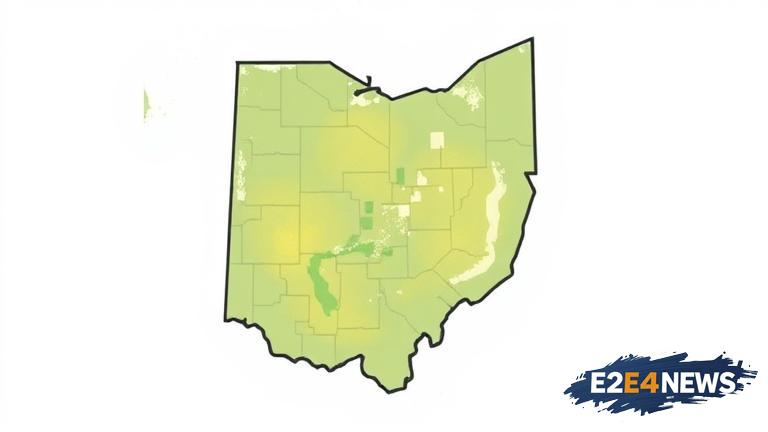The state of Ohio is on the cusp of implementing new Medicaid requirements, which are set to take effect soon. These requirements are expected to have a significant impact on thousands of Ohio residents who rely on the program for their healthcare needs. The new rules will require Medicaid recipients to meet certain work or community engagement requirements in order to maintain their eligibility for the program. This move is part of a broader effort by the state to reform its Medicaid system and promote self-sufficiency among its recipients. The requirements are expected to affect approximately 700,000 Ohioans who are currently enrolled in the Medicaid expansion program. Recipients will be required to work or participate in community engagement activities for at least 80 hours per month in order to maintain their eligibility. This can include activities such as volunteering, job training, or education. However, there are concerns that the new requirements may disproportionately affect certain populations, such as those with disabilities or chronic illnesses. Critics argue that the requirements may be too onerous and could lead to thousands of people losing their healthcare coverage. On the other hand, proponents of the requirements argue that they will help to promote self-sufficiency and reduce dependence on government programs. The Ohio Department of Medicaid has announced that it will begin enforcing the new requirements in the coming months. Recipients will be required to report their work or community engagement activities on a monthly basis. Those who fail to meet the requirements may face penalties, including loss of coverage. The state has also announced that it will provide support services to help recipients meet the new requirements. This will include job training and placement services, as well as assistance with finding community engagement opportunities. Despite these efforts, there are still concerns about the potential impact of the new requirements on vulnerable populations. Some advocates have expressed concerns that the requirements may be too complex and difficult to navigate, particularly for those with limited access to technology or transportation. Others have argued that the requirements may not take into account the unique challenges faced by certain populations, such as those living in rural areas or with limited access to job opportunities. As the deadline for the new requirements approaches, many Ohioans are left wondering how they will be affected. The state has announced that it will provide additional information and support to help recipients navigate the new system. However, it remains to be seen how the new requirements will play out in practice and what impact they will have on the state’s Medicaid program. In the meantime, recipients are advised to stay informed and seek out support services if they need help meeting the new requirements. The implementation of the new Medicaid requirements is a complex issue that will likely have far-reaching consequences for thousands of Ohio residents. As the state moves forward with the new requirements, it will be important to monitor their impact and make adjustments as needed to ensure that the most vulnerable populations are protected. The new requirements are part of a broader effort to reform the Medicaid system and promote self-sufficiency among recipients. However, they also raise important questions about the balance between promoting self-sufficiency and protecting the healthcare needs of vulnerable populations. Ultimately, the success of the new requirements will depend on the state’s ability to provide adequate support services and ensure that the needs of all recipients are taken into account. The Ohio Medicaid program provides essential healthcare services to thousands of residents, and it is crucial that the new requirements do not compromise access to these services. As the state moves forward with the implementation of the new requirements, it is essential that policymakers and healthcare providers work together to ensure that the needs of all recipients are protected and that the Medicaid program continues to provide high-quality healthcare services to those who need them most.





